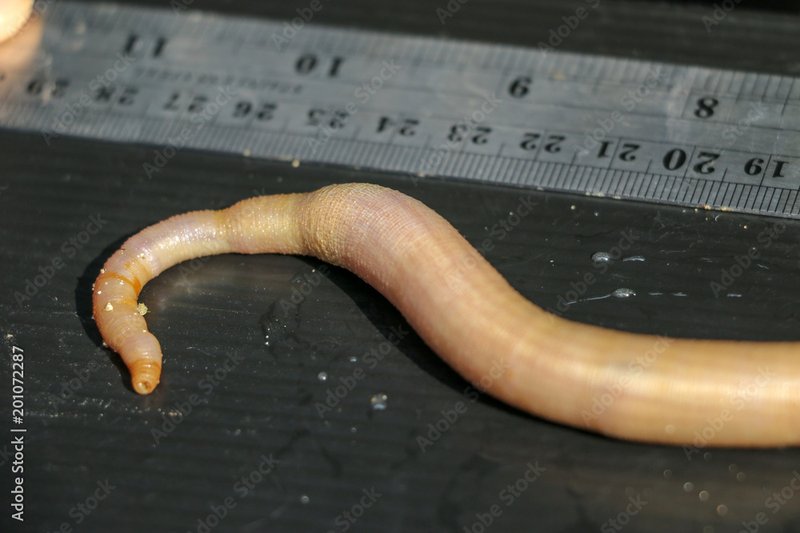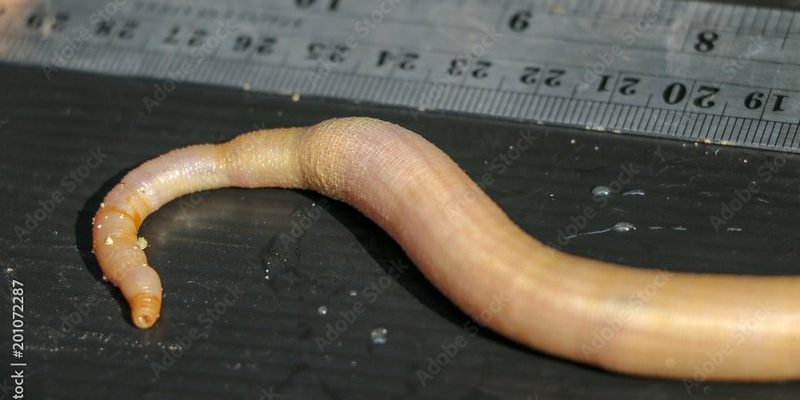
Picture this: A ribbon worm can stretch out like an elastic band, reaching lengths that seem almost impossible. Just how long can they get? Honestly, it’ll blow your mind! In this article, we’re diving deep into the world of ribbon worms, exploring their incredible sizes, unique characteristics, and why they matter in our ecosystems. Spoiler alert: They may not be the most cuddly creatures around, but they sure have some impressive stats!
What Are Ribbon Worms?
Ribbon worms, or *Nemertea*, are a group of soft-bodied, elongated invertebrates. They mostly live in marine environments, from shallow coastal waters to the deep sea. What sets them apart from other worms is their unique anatomy. These creatures can be quite colorful, displaying vibrant hues of green, red, or even blue.
Here’s the thing: Ribbon worms are not actually worms in the traditional sense. They have a more complex structure and are classified as a separate phylum. They possess a long, slender body that can stretch and retract, almost like a slinky toy. While you might imagine a worm as a simple, squiggly creature, ribbon worms present a different picture entirely.
The Record Holders: Longest Ribbon Worms
So, just how long can ribbon worms get? The longest record holder, a species known as *Lineus longissimus*, has been measured at an astonishing **30 meters** (about **100 feet**) long! That’s longer than a blue whale, which is often thought to be the longest animal. Imagine spotting a ribbon worm that big!
These giants typically live in shallow waters along the coasts of Europe but can be found in various marine environments worldwide. They often hide in sand and mud, waiting to ambush their prey. When a victim comes close, the ribbon worm can shoot out its sticky proboscis to capture it. This hunting technique is as fascinating as the worm itself!
Why Are Ribbon Worms Important?
You might be wondering why we should care about ribbon worms, right? First off, they play a crucial role in their ecosystems. As predators, they help control the populations of smaller marine creatures. If these worms were to disappear, it could lead to an imbalance in the food web, affecting other species.
Additionally, ribbon worms are indicators of environmental health. Because they live in marine habitats, their presence (or absence) can signal changes in water quality or ecosystem health. Researchers often study them to understand the impact of pollution and climate change on marine life. Their unique physiology holds secrets that could illuminate many scientific mysteries.
Fascinating Features of Ribbon Worms
Aside from their impressive lengths, ribbon worms exhibit some remarkable features. One of their most extraordinary traits is their ability to regenerate. If a ribbon worm loses part of its body, it can grow it back—a skill that few creatures possess. This regenerative ability makes them particularly resilient in their environments.
Another interesting aspect is their method of locomotion. Ribbon worms move by contracting and relaxing their muscles, allowing them to glide smoothly through their surroundings. They can also use their long body to anchor themselves to objects, which helps them avoid being swept away by currents. It’s a simple yet elegant survival tactic.
The Habitats of Ribbon Worms
Ribbon worms are primarily found in marine habitats, but they can also make home in brackish waters. They thrive in a variety of environments, from coastal regions where they burrow into mud and sand to deeper ocean areas. If you’ve ever walked along a beach and spotted a tiny hole in the sand, there’s a chance a ribbon worm was hiding nearby!
These creatures enjoy to stay out of sight, often camouflaging themselves against their surroundings. This helps them avoid predators and increases their chances of catching prey. Their adaptability to different habitats is one of the reasons they can grow to such impressive lengths.
How Do Ribbon Worms Reproduce?
Ribbon worms have some unique reproductive strategies. Depending on the species, they can reproduce both sexually and asexually. In sexual reproduction, males and females release sperm and eggs into the water, where fertilization takes place. The larvae then develop into adult worms.
On the flip side, some species can reproduce asexually through fragmentation. This means that if a worm breaks apart, each piece can grow into a new worm. Imagine if you could create a clone of yourself just by losing a finger! This ability not only helps populations grow but also contributes to their resilience in changing environments.
Curiosities and Myths About Ribbon Worms
Despite their fascinating nature, ribbon worms are often shrouded in myths. One common misconception is that these worms are dangerous to humans. While some can deliver a painful sting, they are primarily harmless to us. In fact, they rarely come into contact with humans since they prefer to remain hidden away.
Another curiosity is their link to folklore in various cultures. In some places, ribbon worms are viewed as mystical creatures, often associated with transformations or change due to their regenerative abilities. While they may not be magical in the traditional sense, their unique characteristics certainly make them stand out in the natural world.
Final Thoughts: The Hidden World of Ribbon Worms
Ribbon worms may not be the most famous animals on the planet, but they are definitely among the longest! With records that can rival the biggest marine animals, these creatures remind us that the natural world is full of surprises. They play essential roles in their ecosystems and showcase nature’s incredible adaptability.
So next time you’re wandering along the beach or diving into the ocean, remember the ribbon worm—an astonishing creature lurking beneath the surface, quietly contributing to the wonders of marine life. Their presence, though often overlooked, tells a story of resilience, beauty, and the intricate balance of our planet’s ecosystems.

